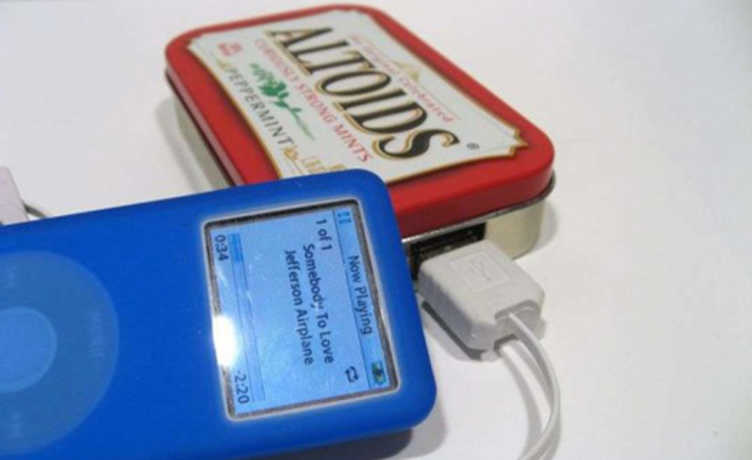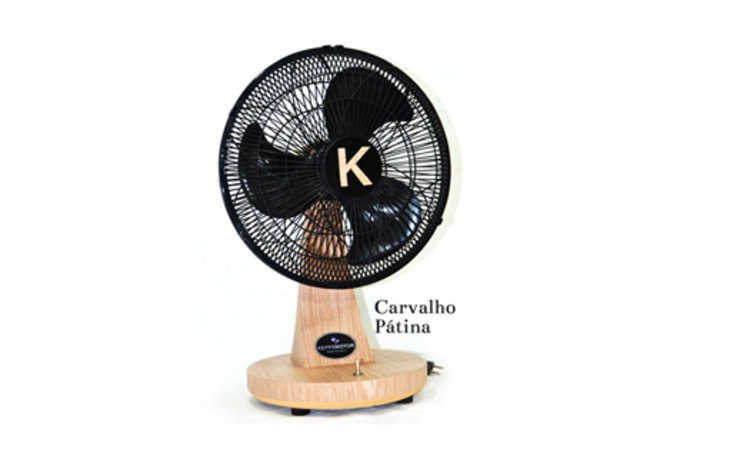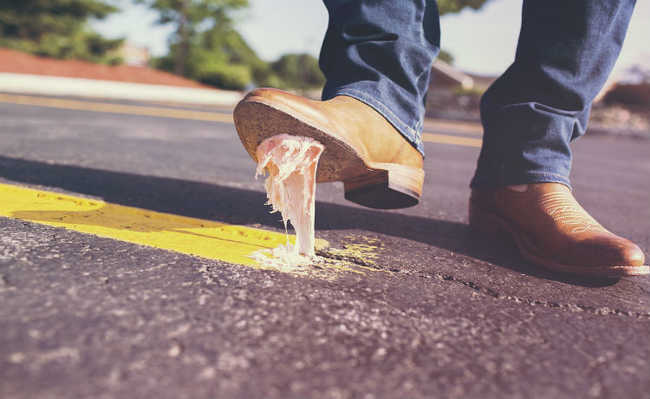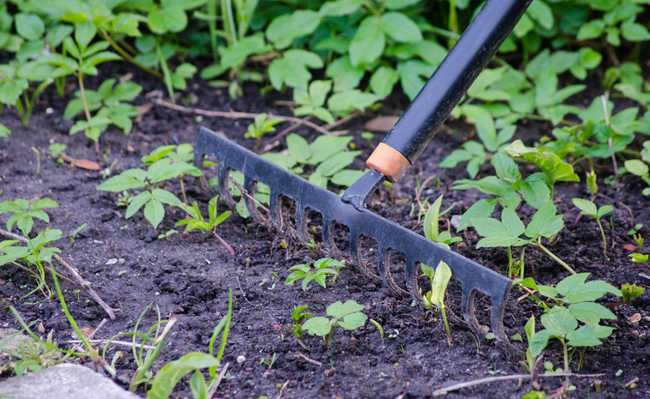What to do with broken mirror?
Recycling broken mirrors is impracticable due to the various materials that make up these objects. Understand and make the correct disposal

Image: James Lindsay in Unsplash
The mirror is a smooth, highly polished surface capable of reflecting light and images of objects, people and animals. According to researchers, the first attempt to produce a mirror took place in the Bronze Age, around three thousand years BC In its manufacturing process, the mirror receives a layer of metallic silver and rear blades composed of aluminium, tin and plastic, a mixture that prevents its recycling.
Far from looking like today's objects, Bronze Age mirrors reflected the contours of a heavily distorted image. The combination made between a layer of glass and a thin sheet of metal, in the 13th century, was what made it possible to clearly reveal the features of an individual. However, these objects were rare and costly. The cheapening of mirrors only occurred during the Industrial Revolution.
Thus, in addition to having enabled the study of important principles of Geometrical Optics, mirrors started to be used in decoration areas, with utilitarian purposes or just to reflect images.
What are they made of and why are they not recyclable?
Glass has a high recycling potential, but not all types of glass can be reused or recycled. In general, glass made up of different substances or manufactured using its own techniques makes the recycling process very laborious, costly or even impossible to carry out.
This is the case with the mirror. Because it receives a metallic silver layer in its manufacture and has rear blades made of aluminum, tin and plastic, the mirror is not recyclable. Furthermore, if it is disposed of with other recyclable materials, a broken mirror can cause accidents to workers in selective collection cooperatives.
In addition to making recycling broken mirrors not commercially viable, the mixture of chemical elements needed to manufacture mirrors is harmful to the environment if disposed of incorrectly. Therefore, it is important to correctly dispose of mirrors. If possible, look for ways to reuse the broken mirror, either using the broken pieces for crafting or using an adhesive to disguise the damage.
To carry out the correct and safe disposal of mirrors, check the disposal stations closest to your home on the free search engine on the eCycle Portal. Another tip is to consult your mirror manufacturers. According to reverse logistics, they are also responsible for supporting the disposal of products.
If you prefer, contact your city hall to find out how to handle the material. And remember: when you need to discard a product, choose conscious disposal.










